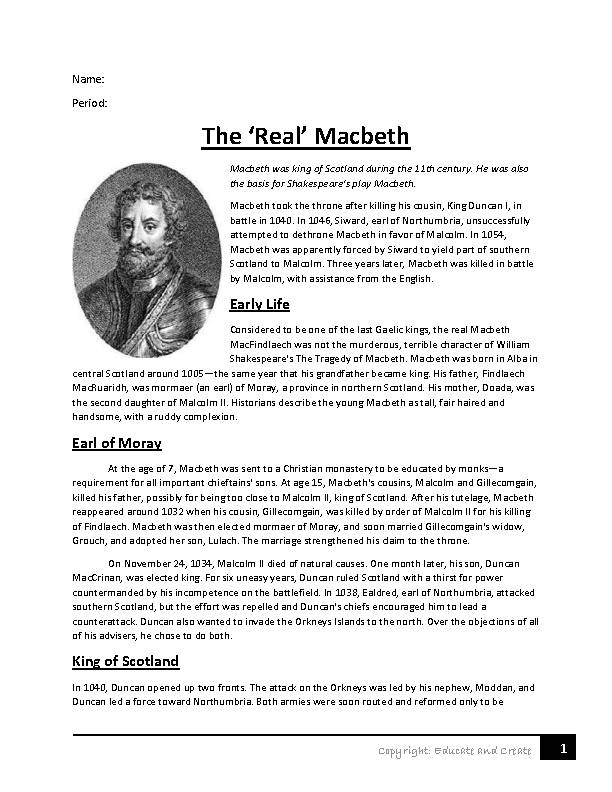Today’s blog post provides a step-by-step breakdown and guide to “What are Exit Tickets and How to Use them? (Tips).”
Today’s blog post provides a step-by-step breakdown and guide to “What are Exit Tickets and How to Use them? (Tips).”
As teachers, we often wonder how we can guarantee at the end of each lesson that our students absorb and learn what they need to succeed. Three of the most common knowledge- and skills-acquisition checks and class assessments are group Q&A at the end of a lesson, brief lesson reviews before discussing new material, and weekly and pop quizzes. Another check that has gained popularity in recent years is the “exit ticket.”


Exit tickets, also known as exit slips, are usually small pieces of paper that students must fill out before leaving the classroom or starting the next lesson. Students must outline briefly the ideas presented in a lesson and their impressions. The format combines quizzes and follow-up reviews. Although teachers can accept the tickets without an immediate discussion follow-up, some teachers organize a group review of the lesson in the final minutes of class and use the tickets to guide the discussion. On an exit ticket, a teacher usually provides their students with one or more questions and prompting statements. Teachers give their students approximately one-to-five minutes to write out their answers depending on the length of the lesson and the amount of time available on any particular day.
These tickets primarily reinforce the information and concepts the students learned during the lesson and help a teacher learn if students can use what they learned in academic and life settings. The questions/prompts are also designed to challenge student perceptions and help them learn to combine ideas comprehensively. Additionally, teachers use the questions/prompts to make students wonder about a topic more and prepare them for the next or an upcoming lesson. Exit tickets also emotionally and mentally prepare students throughout the day to transition to new lessons and topics in the same or different classroom.
Since this type of exit review offers students a chance to speak directly with a teacher about their in-class experiences, teachers can also use these tickets to gain insight into their teaching style. Feedback about a lesson and topics outside its scope can help teachers improve their future lessons and respond better to their students’ needs. For example, a student might mention on an exit ticket how much they enjoyed or disliked a lesson and their reason.
Some teachers also use written exit reviews to allow students to open up discussions about one or more personal matters that they wouldn’t bring up in front of their peers or have difficulty broaching face-to-face with an adult. For example, a teacher might discover on a ticket a student’s request for help with preparing for an academic-related life event, such as an extracurricular match, or coping with fear about college. A student might ask for help dealing with a non-academic subject that troubles them, such as on-campus bullying or at-home stresses.
The outline of an exit ticket varies by teacher’s preference and topic. Typically, teachers try to keep the length and number of questions/prompts short so students have enough time to provide well-thought-out answers. This format also helps students remain calm and emphasizes that the ticket isn’t a test. Although structure and wording differ by the teacher, exit slips usually contain some combination of words and phrases similar to the following:
Certain students, such as young, disabled, second language, and marginalized ones, often need personalized exit tickets. For example, a teacher might need to give a disabled student a ticket worded differently than the ones handed out to the rest of the class to clarify the meaning. Of course, written exit slips might not work, and a teacher might need to use a verbal exit review format.
Unlike group Q&A sessions, a teacher might ask students to leave their desks one at a time row as each student answers a question successfully. The teacher takes notes based on the answers. A verbal format isn’t set in stone: The teacher might ask them to line up at the door and each answer a question as they leave. If the next lesson is in the same classroom, the teacher might ask students to line up at the side of the room and return to their desks in order as each one answers.
Additionally, teachers can use a group exit ticket format now and then to break up the process. A teacher places students in pairs or larger groups with a single exit slip per group. This format helps teachers learn more about how their students handle team-based tasks. They can also observe how groups of students delegate responsibilities. For example, a teacher might learn that one student is trusted by others more because of their handwriting or perceived higher intelligence. They might also discover a non-participating student who seems to be struggling with shyness or low self-esteem.
Whether a teacher uses a written or verbal exit review strategy, they need only to scan the answers to compile data and locate patterns of learning and problem areas. For example, a teacher might learn that nearly half the class didn’t understand a key concept or that one or two students need tutoring or additional learning tools. Teachers can use the data to learn how to adjust their lesson plans, teaching styles, and even their one-on-one and group interactions to create an optimal learning environment in general or with a particular group of students. The data can also help them to learn if the exit review process needs improvement.
Exit tickets are only one of a wide range of tools that teachers use to assess their student’s needs and abilities as teachers. Yet, these brief sessions provide quality results in one of the fastest and most impactful ways possible.